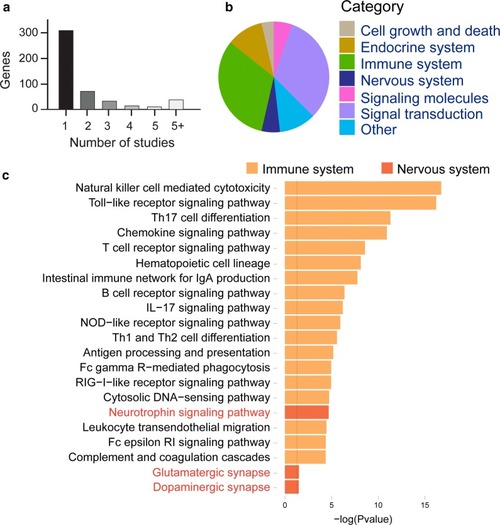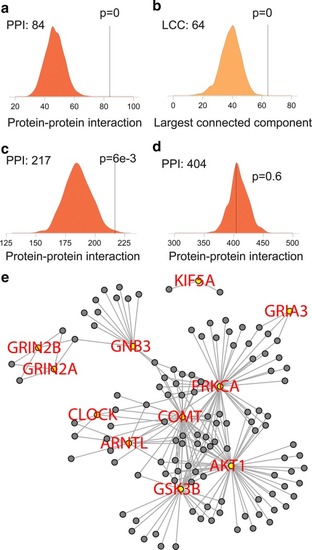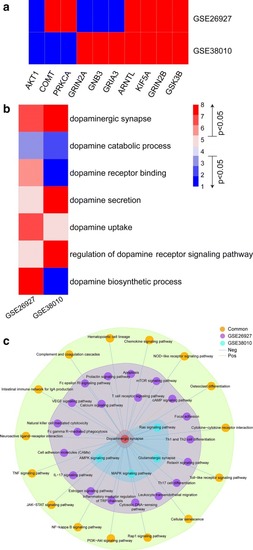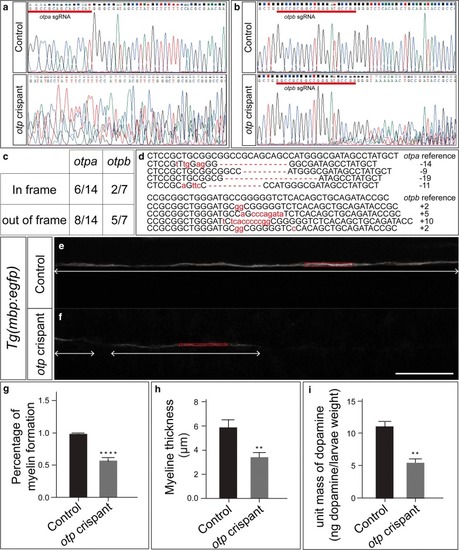- Title
-
Integrative systems and functional analyses reveal a role of dopaminergic signaling in myelin pathogenesis
- Authors
- Ding, S., Gu, Y., Cai, Y., Cai, M., Yang, T., Bao, S., Shen, W., Ni, X., Chen, G., Xing, L.
- Source
- Full text @ J Transl Med
|
Functional enrichment analysis of literature-curated (LC) genes in multiple sclerosis (MS). |
|
Networks between DS and other literature-curated (oLC) genes in MS. |
|
Transcriptome analysis of the DS gene set. |
|
6-OHDA disrupts myelin. PHENOTYPE:
|
|
PHENOTYPE:
|





